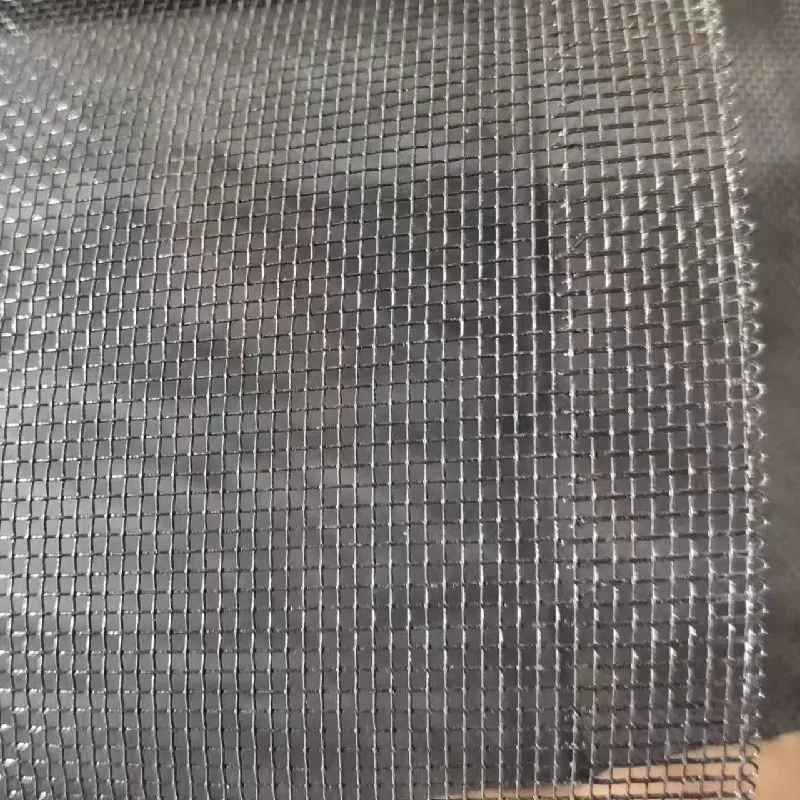Innovative Uses and Benefits of Plastic Mesh Nets in Various Applications and Industries
The Versatility of Plastic Mesh Nets
Plastic mesh nets have become increasingly prevalent in various industries due to their unique properties, versatility, and durability. Made from high-density polyethylene (HDPE) or polypropylene, these nets are lightweight yet strong, making them suitable for a myriad of applications. This article explores the diverse uses of plastic mesh nets, their benefits, and their impact on both residential and industrial sectors.
One of the most common uses of plastic mesh nets is in agriculture. These nets serve several purposes, the most notable being crop protection and pest control. By covering plants with plastic mesh, farmers can prevent birds and larger pests from damaging their crops. The mesh allows sunlight and moisture to penetrate while keeping harmful organisms at bay. Additionally, these nets can support climbing plants, helping them grow robustly and ensuring an optimal yield. In aquaculture, plastic nets are employed to create enclosures for fish or shrimp, providing them protection while enabling farmers to manage their stocks effectively.
In construction and landscaping, plastic mesh nets are widely utilized for erosion control and safety purposes. Construction sites often face the risk of debris falling, which poses safety hazards. By deploying plastic mesh safety nets around the perimeters, construction companies can protect both workers and passersby from potential accidents. Moreover, in landscaping, these nets help to stabilize soil and prevent erosion on slopes, ensuring that landscaped areas maintain their integrity over time.
plastic mesh net

Plastic mesh nets are also popular in sports and recreational activities. They are commonly used for fencing in sports such as tennis, soccer, and hockey. The nets provide a barrier that keeps balls in play while simultaneously ensuring safety for spectators. In recreational fishing, mesh nets are crucial for handling fish safely, allowing anglers to catch and release without causing harm to aquatic life. Furthermore, plastic mesh is often used in playgrounds to enclose areas and ensure children can play safely without risking their safety.
Another significant application of plastic mesh nets is in the packaging and storage sectors. Many industries use mesh bags and nets for storage or transport due to their strength and flexibility. These nets are ideal for packaging fruits and vegetables, as they allow for breathability, which helps in prolonging shelf life by reducing moisture buildup. Additionally, plastic mesh can be used in warehousing, where it helps organize and protect products. The visibility afforded by the mesh design allows for easy monitoring of inventory levels.
Beyond their practical applications, plastic mesh nets also contribute to environmental sustainability. With the growing concern for plastic waste, manufacturers are now focused on producing reusable and recyclable options. These innovations are not only beneficial for the environment but also economically advantageous for businesses seeking sustainable practices.
In conclusion, plastic mesh nets are a versatile and essential tool across various sectors. From agriculture and construction to sports and packaging, their utility is undeniable. With ongoing advancements in material technology, we can anticipate even more innovative applications that enhance functionality while contributing to more sustainable practices. As industries continue to evolve, the role of plastic mesh nets is likely to expand, reflecting their crucial impact on modern practices and solutions.
-
Anti Hail Net | UV-Stable, High-Strength Orchard ShieldNewsNov.17,2025
-
Anti Bird Netting – UV-Stable, Durable, Humane ProtectionNewsNov.17,2025
-
Welded Wire - Durable, Rust-Resistant Mesh, Custom SizesNewsNov.17,2025
-
Garden Mesh Sun Shade – UV-Resistant, Durable, Custom SizesNewsNov.17,2025
-
Bird in Net Solution: Humane, UV-Resistant Bird NettingNewsNov.17,2025
-
Stainless Steel Filters: Durable, Washable, High-FlowNewsNov.10,2025












